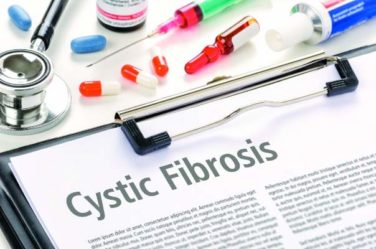AT SAEM 2015
SAN DIEGO (FRONTLINE MEDICAL NEWS) – Although cardiovascular disease is on the rise, incidence of ST-elevation myocardial infarction has steadily declined in recent years, with STEMI visits to emergency departments dropping by almost a third between 2006 and 2011, and STEMI-related hospitalizations down as well.
The decline is likely the result of better medical management of known cardiovascular disease, resulting in fewer STEMIs. It may also stem from the bypassing of emergency departments by emergency medical technicians, who can take patients straight to a catheterization lab when they detect STEMI, said Dr. Michael J. Ward, a leading researcher in emergency health care from Vanderbilt University in Nashville, Tenn., at the annual meeting of the Society for Academic Emergency Medicine.
But this trend, while a good thing for most patients, presents potential pitfalls for emergency departments in achieving timely treatment, he said.
In a STEMI incidence study using data on about 1.43 million ED STEMI visits from the Nationwide Emergency Department Sample (NEDS) during 2006-2011, ED STEMI visits per 10,000 U.S. adults declined significantly, from 10.1 in 2006 to 7.3 in 2011. Declines were seen across all age groups and regions during the study period, Dr. Ward and colleagues found in their recently published study ( Am. J. Cardiol. 2015;115:167-70 ).
In a separate analysis of the same data, transfer rates of STEMI patients increased from 15% in 2006 to 20.6% in 2011. Patients without insurance were 60% (adjusted odds ratio, 1.64) more likely to be transferred when presenting to an ED with STEMI than patients with insurance, the investigators found.
Both trends – the decline in presentations to the ED and the increase in transfers – could mean higher risk for patients presenting to EDs with STEMI, Dr. Ward said in an interview.
“You basically have 90 minutes from the time a STEMI patient presents to get the vessel open,” Dr. Ward said. “There’s really very little margin for error. If you’re seeing fewer STEMIs, are you and your staff going to be less practiced? And what if patients present unusually? What if it’s not the older male with chest pain, but a younger female with back pain or just not feeling well?”
The finding of an increase in transfers is problematic as well, he said. “Only about a third of ED facilities have catheterization capabilities. As EDs see fewer and fewer STEMI patients, they may not be able to maintain their ability to recognize and care for them, or develop a lower threshold for transfer.”
Even after adjusting for confounders such as age, presentation at a rural facility, and presentation on a weekend, the likelihood for transfer among self-pay patients, compared with those with any form of insurance, including Medicare and Medicaid, was increased by 64%, Dr. Ward reported.
The findings show that STEMI patients without insurance “are much more likely to be transferred, receiving less timely and therefore lower quality care for the most severe form of heart attack,” Dr. Ward said.
The reasons for this are unknown, he said. “One may be that patients without insurance are presenting to facilities that don’t have the ability to treat them: rural facilities, or facilities without the capability to treat this particular type of emergency. The other possibility is that they’re presenting to one that does have the capability, yet they’re still being transferred.”
Even if a patient with STEMI presents to a facility without the capability to treat a STEMI, and there’s another next door that can, “it still introduces a significant delay,” and with that higher risks, he said.
Dr. Ward’s research was funded by grants from the National Institutes of Health. He disclosed no conflicts of interest.




